What is a Homunculus
In this video, we'll answer the question: what is a homunculus? We'll explore the history and meaning of this enigmatic creature, and give you a better understanding of what it means for the history of alchemy.
If you're interested in the history and meaning of alchemy, then be sure to watch this video! We'll discuss the concept of a homunculus and its role in the history of alchemy, and why it is such an important concept. By the end of the video, you'll have a better understanding of what a homunculus is and what it means for the history of alchemy.
In this video, we'll answer the question: what is a homunculus? We'll explore the history and meaning of this enigmatic creature, and give you a better understanding of what it means for the history of alchemy.If you're interested in the history and meaning of alchemy, then be sure to watch this video! We'll discuss the concept of a homunculus and its role in the history of alchemy, and why it is such an important concept. By the end of the video, you'll have a better understanding of what a homunculus is and what it means for the history of alchemy.The homunculus first appears by name in alchemical writings attributed to Paracelsus (1493–1541). De natura rerum (1537) outlines his method for creating homunculi: That the sperm of a man be putrefied by itself in a sealed cucurbit for forty days with the highest degree of putrefaction in a horse's womb ["venter equinus", meaning "warm, fermenting horse dung"[1]], or at least so long that it comes to life and moves itself, and stirs, which is easily observed. After this time, it will look somewhat like a man, but transparent, without a body. If, after this, it be fed wisely with the Arcanum of human blood, and be nourished for up to forty weeks, and be kept in the even heat of the horse's womb, a living human child grows therefrom, with all its members like another child, which is born of a woman, but much smaller.[2]: 328–329 The fully grown homunculus was supposedly greatly skilled in "art" and can create giants, dwarves, and other marvels, as "Through art they are born, and therefore art is embodied and inborn in them, and they need learn it from no one."[3]Comparisons have been made with several similar concepts in the writings of earlier alchemists. Although the actual word "homunculus" was never used, Carl Jung believed that the concept first appeared in the Visions of Zosimos, written in the third century AD. In the visions, Zosimos encounters a priest who changes into "the opposite of himself, into a mutilated anthroparion".[4]: 60 The Greek word "anthroparion" is similar to "homunculus" – a diminutive form of "person". Zosimos subsequently encounters other anthroparia in his dream but there is no mention of the creation of artificial life. In his commentary, Jung equates the homunculus with the Philosopher's Stone, and the "inner person" in parallel with Christ.[4]: 102
-
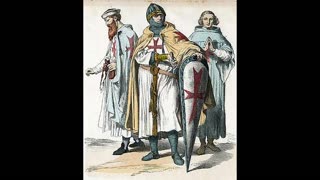 1:04:07
1:04:07
Psychological operations
8 months agoHomunculus Unveiled 03
226 -
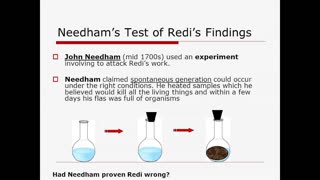 1:02:15
1:02:15
Psychological operations
8 months agoHomunculus Unveiled 02
182 -
 1:01:45
1:01:45
Psychological operations
8 months agoHomunculus Unveiled 06
142 -
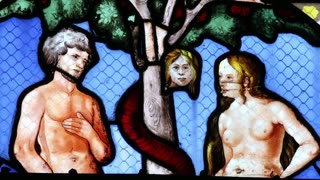 1:02:29
1:02:29
Psychological operations
8 months agoHomunculus Unveiled 05
162 -
 59:58
59:58
Psychological operations
8 months agoHomunculus Unveiled 04
162 -
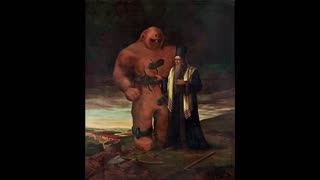 1:03:49
1:03:49
Psychological operations
8 months agoHomunculus Unveiled 01
285 -
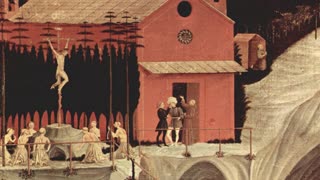 1:23:44
1:23:44
Psychological operations
8 months agoHomunculus Unveiled 07
139 -
 1:14:54
1:14:54
Psychological operations
8 months agoHomunculus Unveiled 08
120 -
 2:48
2:48
BrookeCerda
1 year agoDid Homunculus Scare Population Away?
326 -
 9:54:43
9:54:43
TheWarAgainstYou
10 months agoHomunculus Unveiled: Jesus/LIBER VACCAE/Artificial Generation/Lost Esoteric Secrets
3.66K5